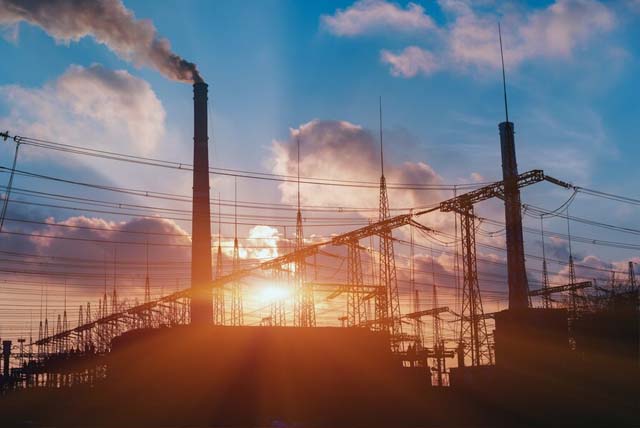Government Plans 44% Reduction in Industrial Electricity Tariff to Fuel Economic Recovery

In a bid to alleviate the economic strain on export-oriented and zero-rated industries, the government is contemplating a substantial reduction in the electricity tariff from 16 cents to 9 cents per unit. The proposal, currently pending approval from both the cabinet and the International Monetary Fund (IMF), stems from discussions held in the Special Investment Financial Council (SIFC) apex committee meeting.
During a televised interview, Caretaker Federal Minister for Commerce, Industries & Investment, Dr. Gohar Ejaz, underscored the adverse impact of the high electricity tariff on industries, particularly those reliant on exports. The move, he emphasized, is geared towards addressing industry challenges and fostering GDP growth.
To date, industries have been benefiting from substantial subsidies amounting to approximately Rs240 billion per annum. However, the combination of these subsidies with fixed charges and loan interest has contributed to the accumulation of circular debt for the country. The decision to reduce the tariff is viewed as a corrective measure, rectifying an oversight made in February regarding subsidies.
Addressing concerns about IMF approval, Dr. Gohar Ejaz clarified that the government is not introducing additional subsidies or grants. Instead, it is rectifying the allocation of previous subsidies. He assured that the government has formulated a well-calculated approach to minimize the potential revenue shortfall due to reduced subsidies, ensuring a balanced reduction across sectors.
Anticipating objections from the IMF, the minister expressed confidence in the strategic nature of the move, emphasizing its role in supporting industries without imposing additional financial burdens. This announcement precedes the government's scheduled meeting with the IMF in January for the second loan tranche, valued at approximately $700 million.
Dr. Gohar Ejaz highlighted the textile sector as a key driver of the country's exports, historically contributing around 60%. However, recent trends indicate a decrease to 50% this month, prompting the need for broader support. While the decision is not exclusive to export-oriented industries, the minister emphasized that all sectors possess the potential to boost exports.
The minister also emphasized the untapped potential for trade with China, citing the current trade imbalance where Pakistan imports $20 billion from China but only exports around $2 billion. During his visit to China, the commerce minister expressed support for improving trade relations with Pakistan. Dr. Gohar Ejaz stressed the opportunities in agriculture, livestock, and beef exports to the Chinese markets.








